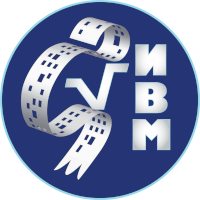Conference topics
Invited are talks and technical papers presenting original results in the area of numerical geometry, grid generation, scientific computing, their theoretical foundations, and practical application in science and engineering. Particularly welcome are contributions with focus on Voronoi–Delaunay methods and their application.
The areas of focus in 2024:
- meshes for microelectronic problems
- placement and routing problems
- inverse problems in photolithography
The list of further relevant topics includes but is not limited to:
Numerical geometry problems
- surface reconstruction and parameterization
- integration of grid generation with CAD/CAE
- simplification
- repair and decomposition of geometrical models
- geometric modeling and optimization
- mappings
- deformations and morphings in animation
- geoscience
- engineering and biomedical applications
- geometric methods in molecular biology
- genetics
- computational anatomy
- quantum chemistry and material sciences
Computational grid generation methods
- 2D, surface, and 3D grids
- local and global mesh quality criteria
- structured and unstructured grids
- Voronoi–Delaunay methods and their application
- geometric quality measures and numerical error
- symmetry and invariance in grid generation
- barrier variational methods
- adaptive moving grids
- mesh stability and sensitivity analysis
- mesh untangling
Education in numerical geometry and grid generation
- knowledge structuring
Geometry of numbers and positive definite forms
- lattices
- Delaunay sets
- tilings and partitionings
- parallelohedra and stereohedra
- Voronoi conjecture
Numerical modeling and mesh adaptation
- efficient iterative solutions of variational problems
- mesh-based and “meshless” methods
- domain decomposition
- graph partitioning and parallel computing
Theoretical foundations of numerical geometry and grid generation
- harmonic, conformal and quasi-isometric mappings
- mappings of bounded distortion
- foundations of elasticity and crystallography with large deformations
- topological optimization
- graph embeddings and graph drawings
- intrinsic and extrinsic geometry of surfaces
- discrete curvatures and manifolds of bounded curvature
- approximations by polyhedral manifolds
Postprocessing
- visualization
- data representation
- data compression

